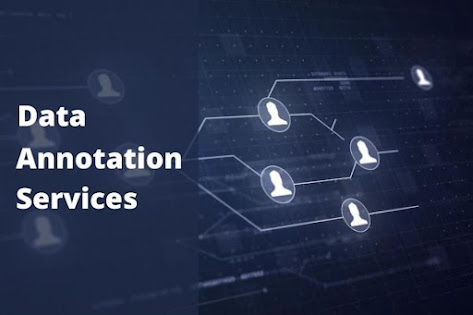Beyond the Numbers: The Story of Invoice Dataset Collection and Analysis
In an era dominated by data, the sheer amount of numbers we interact with on a daily basis can be overwhelming. Amid this ocean of numbers, the humble invoice might seem like just another drop. Yet, when we zoom in, the invoice dataset tells a story that goes well beyond mere figures. Let’s dive into the intricate narrative of invoice dataset collection and analysis.
1. The Inception: From Transaction to Data Point
Every invoice issued, whether paper or digital, chronicles a specific transaction. It details products or services rendered, the date, the parties involved, and the cost. Taken individually, an invoice provides a snapshot of a singular event. But when we gather thousands or even millions of these, patterns begin to emerge.
2. Collecting the Puzzle Pieces
Gathering an invoice dataset is not as straightforward as it seems. Challenges include:Diversity in Formats: Invoices come in different shapes, sizes, and structures. Some are digital, others paper. The task is to standardize these into a coherent format for analysis.
Privacy Concerns: Invoices carry sensitive information. Ensuring data privacy is crucial, requiring redaction of personal details and adherence to regulations like GDPR or CCPA.
Completeness and Quality: Missing or erroneous data can skew results. Validating and cleaning the dataset is an essential step.
3. The Art of Analysis: Drawing Insights
Once the dataset is compiled and cleaned, the analysis can reveal:
Trends in Consumption: By tracking products or services over time, one can identify surges or declines in demand.
Client Relationships: Regular invoice exchanges with certain clients can signal strong business relationships or dependencies.
Payment Behaviors: Monitoring timely payments or delays can provide insights into cash flow and financial health.
4. Practical Applications: Beyond Business
While businesses benefit directly from invoice analysis (improving cash flows, identifying key clients, or predicting demand), there are broader implications:
Economic Forecasting: Analysts can gauge economic health by observing business transactions in various sectors.
Environmental Impact: Invoices for goods can shed light on consumption patterns, helping in tracking carbon footprints or waste production.
Supply Chain Dynamics: By tracking product or material invoices, one can map the journey and complexities of global supply chains.
5. The Future: AI and Invoice Analysis
Artificial Intelligence (AI) is revolutionizing invoice dataset analysis. Machine Learning models can predict future trends, automate data collection, and even flag anomalies or potential fraud. As AI becomes more integrated, the depth and speed of insights drawn will only amplify.
Conclusion: The Tapestry of Commerce
At Globose Technology Solutions Pvt Ltd (GTS), we understand the significance of selecting the right data collection company for your machine learning endeavours. With our expertise in data collection, curation, and quality assurance, we provide tailored solutions that drive the success of your projects. Contact us today to discuss how our focus on data collection can empower your machine learning initiatives and propel your business forward.

.png)



Comments
Post a Comment